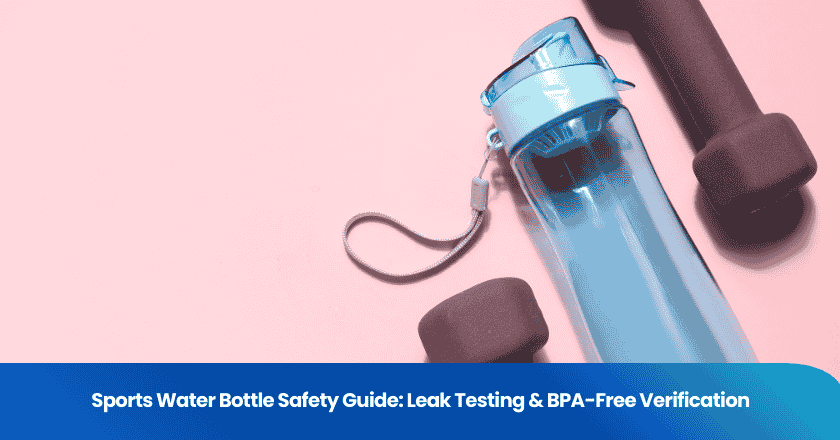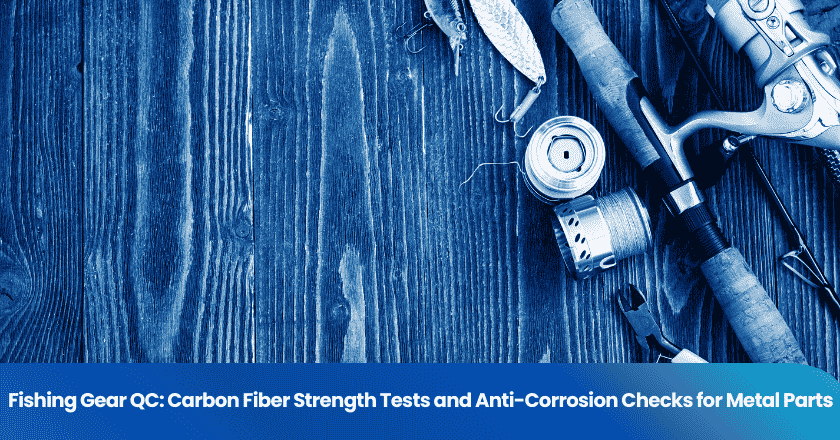
Understand textile inspection services
With the rapid development of the social economy, the production and sale of goods are no longer limited to one region, but commercial exchanges between countries and continents. The quality indicators of a commodity have also changed. Textile inspection services use physical and chemical methods to qualitatively or quantitatively test and inspect the quality and performance of textile products, in accordance with relevant standards, and produce testing reports. Scientific inspection techniques and methods are used to evaluate product quality. Starting from the product's use and usage conditions, textile inspection services analyze and study the composition, structure, properties and their impact on product quality, determine the product's use value, and determine whether it meets the requirements of the specified standards.
Understand the Importance of textile inspection services
- Easy to identify and classify damage. In textile inspection services China, quality control personnel easily distinguish these damages through numbering or tagging labels, so as to identify the damage location during unfolding and cutting processes. Also, it helps to distinguish between severe damage and minor damage.
- Easy to label damage areas. Based on the benefits of textile inspection services, inspectors can easily identify damaged areas and help number the locations of the pins. This is very helpful in identifying these damages in the subsequent manufacturing steps.
- Easy to overlap the damaged area during unfolding and cutting processes. During the cutting process, some damages such as holes should be removed. During the fabric inspection process, inspectors mark the damage location to achieve this overlapping process (easy to identify location). Therefore, during the overlapping process, the damage will be cut and removed easily.
- Easy to eliminate fabric defects when spreading. In the production planning and organization process, we learned that fabric defects are considered when analyzing the fabric spreading requirements. Under this topic, they consider some issues such as broken heads, broken threads, broken lines, dirt stains, and holes.
- Easy to reduce damage in production. In textile quality control services, inspectors only pass and accept relevant quality levels. Therefore, the next production includes no-damage fabrics.
- Easy to reduce fabric waste. During the cutting process, key damages such as hole/ladder damage will be removed, increasing fabric waste. In a proper fabric inspection, highly damaged fabrics are not accepted for the production of clothing, thus reducing waste.
- Clothing quality will be improved. Under textile inspection services, clothing is produced with well-arranged and high-quality fabric. Therefore, the quality of finished clothing will be improved.
Grow your business with TradeAider Service
Click the button below to directly enter the TradeAider Service System. The simple steps from booking and payment to receiving reports are easy to operate.



